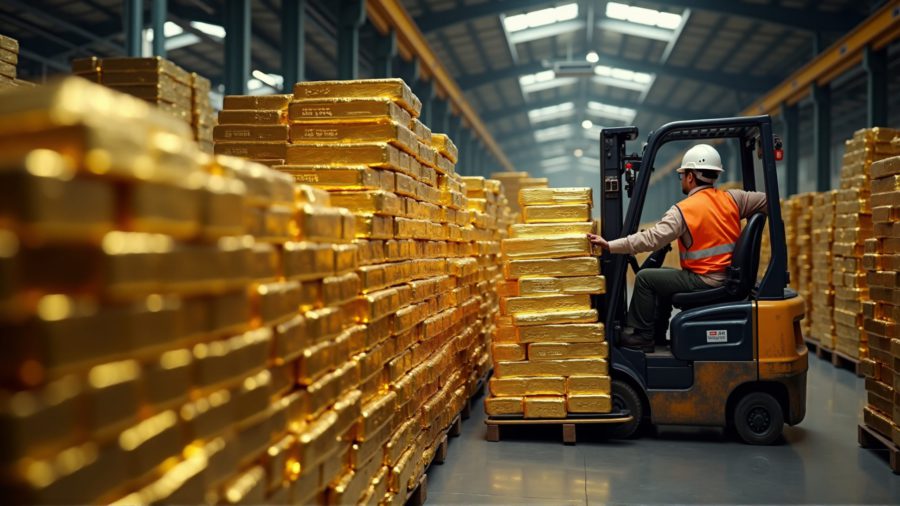Glencore starts copper concentrates blending facility in Taiwan
![[Click here for an interactive chart of copper prices]](https://www.mining.com/wp-content/uploads/2016/12/Copper-cathodes-glencore.jpg)
Glencore has started a new copper concentrates blending facility in Taiwan to mix high-arsenic containing ores with clean material, according to three sources familiar with the matter.
Blending of the dirty concentrates, or material with high levels of impurities like hazardous arsenic, with cleaner concentrates, make it fit for shipment to China, the world’s biggest importer of copper concentrates. China’s legal import limit is arsenic under 0.5% in copper concentrates.
Glencore has set up this blending facility because of an increase in the amount of dirty concentrates available in the market.
The new blending facility is surprising as countries like Malaysia and Taiwan are creating new regulations to protect their environment
A Glencore spokesman declined to comment.
The dirty concentrates containing high amounts of arsenic and other impurties were coming from mines in Chile and Peru, said one of the sources.
The new blending facility is surprising as countries like Malaysia and Taiwan are creating new regulations to protect their environment, a second source said.
Complex concentrates, partially treated ore that contains 0.5% or more arsenic, cannot be processed by most smelters in the world for safety reasons and need to be blended first before they can be processed into refined metal.
Glencore has opened the new plant as treatment and refining charges (TC/RCs) are at multi-year lows due to the tight availability of concentrates and an expansion of Chinese copper smelters competing for material.
“If you get higher levels of impurity it will tighten demand for better grades of concentrates. That would be a (downward) pressure on TC/RCs,” said Nick Snowdon, an analyst at Deutsche Bank in London. “If the pool of standard grade concentrate is shrinking that would be a pressure on TC/RCs. It reduces the pool of standard grade concentrate that smelters can access.”
Sellers pay TC/RCs to smelters to convert concentrate into refined metal and typically favour the clean, standard grade material.
The latest spot processing rates assessed by Asian Metal slumped this week to as low as $54 a tonne, or 5.4 cents per pound, the lowest since November 2012, amid rising competition for concentrates.
China’s copper smelters slashed third quarter TC/RC floor by 24.7% to $55 per tonne or 5.5 cents per pound.
For the first half of 2019 China’s copper concentrates imports rose 10.5% from a year earlier to 10.55 million tonnes, reflecting growing smelter capacity in China.
(By Shivani Singh and Peter Hobson; Editing by Christian Schmollinger)
More News
Study confirms drop-in electrode technology enables 10 minute EV charging at -10 °C
April 14, 2025 | 04:06 pm
Newmont deploys Ericsson private 5G at Australia’s largest underground mine
April 14, 2025 | 01:20 pm
{{ commodity.name }}
{{ post.title }}
{{ post.date }}




Comments
JBD
Dilution is not the solution.